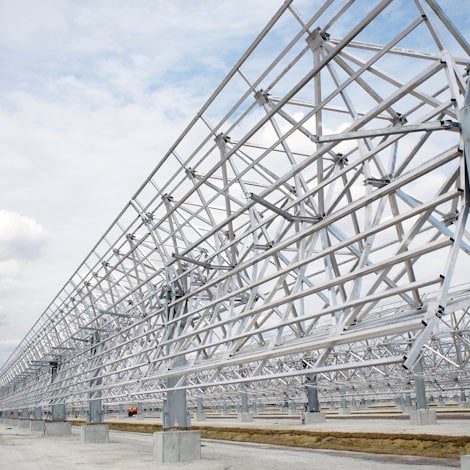What you need to know about the Product Environmental Footprint
There is always something new in Europe when it comes to life cycle thinking and the calculation of products and services. And I think this is great, because the new tends to be better. Next up is the European Commission’s Product Environmental Footprint, which should be implemented starting in 2024. Let me share what I know about this.
As I mentioned, the Commission has been driving life cycle thinking into European product policies for the past 20 years. This approach has been helping guide policies and investments toward the European Union’s environmental sustainability goals, such as the European Green Deal.
The EU initiated the Product Environmental Footprint (PEF) in its work to develop a harmonized methodology that can accommodate a broader range of relevant environmental performance criteria using a life cycle approach. It is not brand new as such, and I think this is good news for those of us who work in this area.
Instead, it builds upon existing approaches and international standards. Because while life cycle assessment (LCA) is fine in its own right, it might be considered a bit too flexible. The main objective of PEF is to solve this concern.
It is part of a long-term approach on sustainable development in Europe, its new LCA framework. And it is going to be mandatory for all products sold in the EU. Imports included.
Consistent and reliable results with a PEF
A PEF can deliver more consistent and reliable results than traditional ISO 14040-44 compliant LCAs. It is also easier to communicate the results of a PEF both in B2B and B2C scenarios, due to:
- A limitation of methodological flexibility
- More stringent requirements related to data quality
- The introduction of normalization and weighting
- More specific rules for every main category of product
In practice, PEFs cover the entire life cycle and all relevant environmental impacts. They are based on existing knowledge – on LCAs and greenhouse gas accounting – but with new and more requirements. They provide comparability rather than flexibility, and avoid greenwashing.
Also important, at least for those of us working with aluminium products, the PEF methodology is developing specific industry-endorsed rules for product groups and sectors.
Key questions prior to launching a PEF
So where do we start? First, we need to answer these questions about the functional unit we are measuring:
- What is the function or service provided?
- How much is the extent of the function or service?
- How long will it last?
- What is the expected level of quality?
In analyzing a decorative paint, for instance, we can say the functional unit shall protect and decorate 1 square meter of substrate for 50 years at a quality level of minimum 98% opacity. The reference flow is the amount of product needed to fulfill this defined function and measured in kgs of paint.
We also need to define the goal of the study. What is the intended application of the product? Why are we carrying out the PEF and what is the decision context? What is the target audience? Who is commissioning the study? And who is the verifier?
The point of PEFs for end-users
This is a lot of detail, I know, and a lot of details. But as long as we understand the point behind all this, then it makes more sense for end-users.
So to repeat, the point of a PEF is to facilitate a more circular and greener economy by:
- Providing a more harmonized approach for environmental information
- Providing reliable and relevant environmental claims
- Providing a comprehensive evaluation along the entire life cycle
- Providing comprehensive coverage of potential environmental impacts
- Ensuring comparability and transparency








